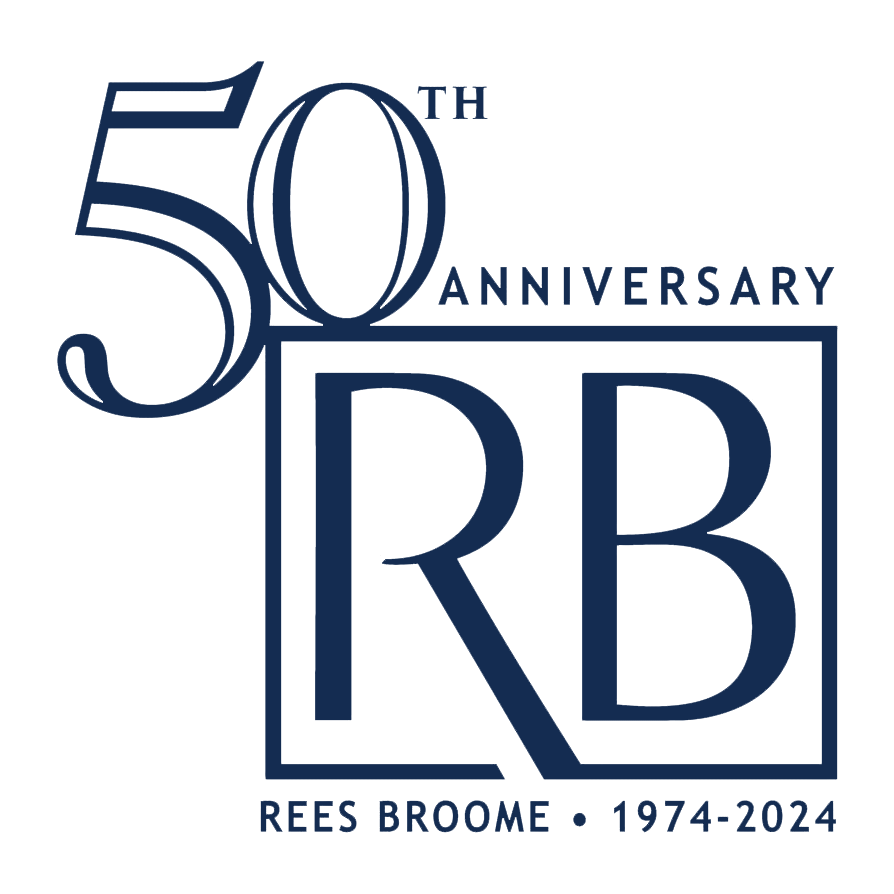By: Leslie Brown and Patrick Roche
Rising premiums? Water damage deductibles? Excess and surplus markets?
If you are concerned about ailments in the community association insurance market, you are not alone.
Diagnosis
The insurance industry is currently in what is referred to as a “hard” market. A hard market is when premiums and rates are increasing, carriers are more restrictive about the coverage they offer, and there is less overall insurance “capacity”, meaning less carriers and coverage in the marketplace. Conversely, a “soft” market sees lower premiums and rates, more options for insureds, higher policy limits, and more flexibility in coverage overall.
Typically, a hard market lasts around 3 years before rebounding. However, community association insurance experts state that we are now in a hard market going on 5 years. This hard market is precipitated by large, catastrophic weather events due to climatic events (hurricanes, fires, tornados, etc.), geopolitical events (wars, insurrections, etc.), financial fears (inflation, interest rate changes, market volatility, etc.), and large liability judgments against insureds that carriers must pay out. These factors all impact the amount of risk that carriers are willing to assume, including the “reinsurance” market, which provides coverage to carriers for large policy payouts.
Symptoms
For community associations, particularly condominiums, the hard market is resulting in sticker-shock premium increases for master policies, especially for condominiums that have not undergone key infrastructure upgrades (modernizing electrical panels, for example) and condominiums that are prone to fire loss (lack of sprinklers or buildings containing combustible cladding). Associations are also seeing shorter renewal periods (less time for Boards to decide on renewal), and less options to choose from due to carriers leaving our market completely. In extreme cases, associations are forced to find underwriters in the “excess and surplus” market, which means entering into policies with insurance companies that are not “admitted carriers”. Non-admitted carriers are companies not approved by the state licensing agency and work through state-licensed brokers instead. They tend to offer less coverage.
Treatment
When it comes time for associations to renew their master insurance policies, associations need to be “healthy.” Insurers want to see that there is a recent reserve study in place. Both Virginia and Maryland mandate that a reserve study be conducted every 5 years. While D.C. does not mandate that a reserve study be conducted, the governing documents of a D.C. association may contain such a mandate, and it is an industry best practice to have one conducted by a reserve specialist.
Insurers will also want to see that associations are taking measures to reduce water damage claims through the implementation of policies mandating regular in-unit plumbing inspections, installation of water sensors, and replacement of aging hoses and valves in units.
Boards should also institute a policy to prohibit the charging of e-bikes and e‑scooters on the premises. The lithium-ion batteries contained in these types of personal mobility devices are a known fire risk that fire departments have difficulty containing. To mitigate the risk of fire, e-bikes should not be charged in residences unsupervised. Insurance carriers want to see prohibitions in place to minimize that fire risk.
Cure
While there is little that associations can do to change the industry on a global scale, there are individual measures associations can take to reduce the financial pain of increasing insurance premiums and uninsured losses.
Associations can find ways to shift uninsured expenses, including deductibles, to unit owners. In Maryland, condominium unit owners are also responsible for up to $10,000 of the master policy deductible if the loss originated in the unit, irrespective of fault. In the District of Columbia, condominium unit owners are responsible for up to $5,000 of the master policy deductible if the loss originated in their unit, irrespective of fault, unless the condominium instruments provide otherwise, and so long as the condominium has provided notice. In Virginia, the question of shifting the responsibility for uninsured expenses is specific to the governing documents. Newer-formed condominium associations may have language in their governing documents already that limits the association’s liability for water damage flowing over the common elements or from pipes. These types of clauses have been upheld by Virginia and D.C. Courts, and some Maryland Courts (to a degree). As such, we recommend that associations who do not have limitation of liability language contained in their governing documents work with their legal counsel to consider an amendment to the governing documents to create this protection for the association. Associations can also use this opportunity to mandate that unit owners maintain individual condominium unit HO-6 insurance policies to cover any association deductibles assessed to them and other losses not covered by the master policy, such as betterments and improvements, personal belongings, and displacement costs. The Maryland Condominium Act was amended in 2011 to allow for an amendment mandating HO-6 insurance to be approved by at least 51% of the voting interests of the membership, which is a lower-than-normal threshold.
Associations can also lessen the blow by budgeting appropriately for increases in premiums. Industry experts are recommending that associations budget for a 10%-15% increase in insurance premiums. Since insurance companies are also monitoring associations’ reserve funding, associations should be budgeting, at a minimum, 10% of the budget towards reserves, which is in line with expectations of secondary lender markets, such as FHA, Fannie Mae, and Freddie Mac.
Matters involving insurance and liability are complicated. Associations should not self-diagnose. Please reach out to one of our community association attorneys if you have specific concerns.
